When it comes to serial killer movies, Jonathan Demme’s The Silence of the Lambs is the go-to for obvious reasons. The groundbreaking adaptation of the Thomas Harris novel swept the important awards on Oscar night, making history as the first horror thriller to win big on the most important night in Hollywood. The 1991 film is still as relevant as ever, and chances are that won’t change anytime soon.
Many films in the subgenre came after, and each of them portrayed the sick and twisted with their own style. Nevertheless, in 2000, a visionary director contributed with a unique take on the subject. Tarsem Singh (or as he liked to be referred to, Tarsem) debuted on the Hollywood scene with a bizarre and distressing serial killer film that hit a different nerve than others. The Cell, starring Jennifer Lopez, was a shift from everything the audience knew about the subgenre. While it didn’t represent the usual imminent dangers for compelling characters, it was still a film that made you squirm and sometimes look away.
Not since 1995’s Se7en had a serial killer been able to make us feel as uncomfortable as we do in The Cell. Much of it has to do with an exceptional performance by character actor Vincent D’Onofrio and Lopez’s underrated skills. Still, it was Singh’s sick fantasy of a movie that made us think that beyond the horrific crimes, there was a world inside a killer’s mind where everything could happen, and someone could actually feel and acknowledge the most twisted acts a monster can enjoy.
The Cell Is a Unique Take on a Serial Killer Story
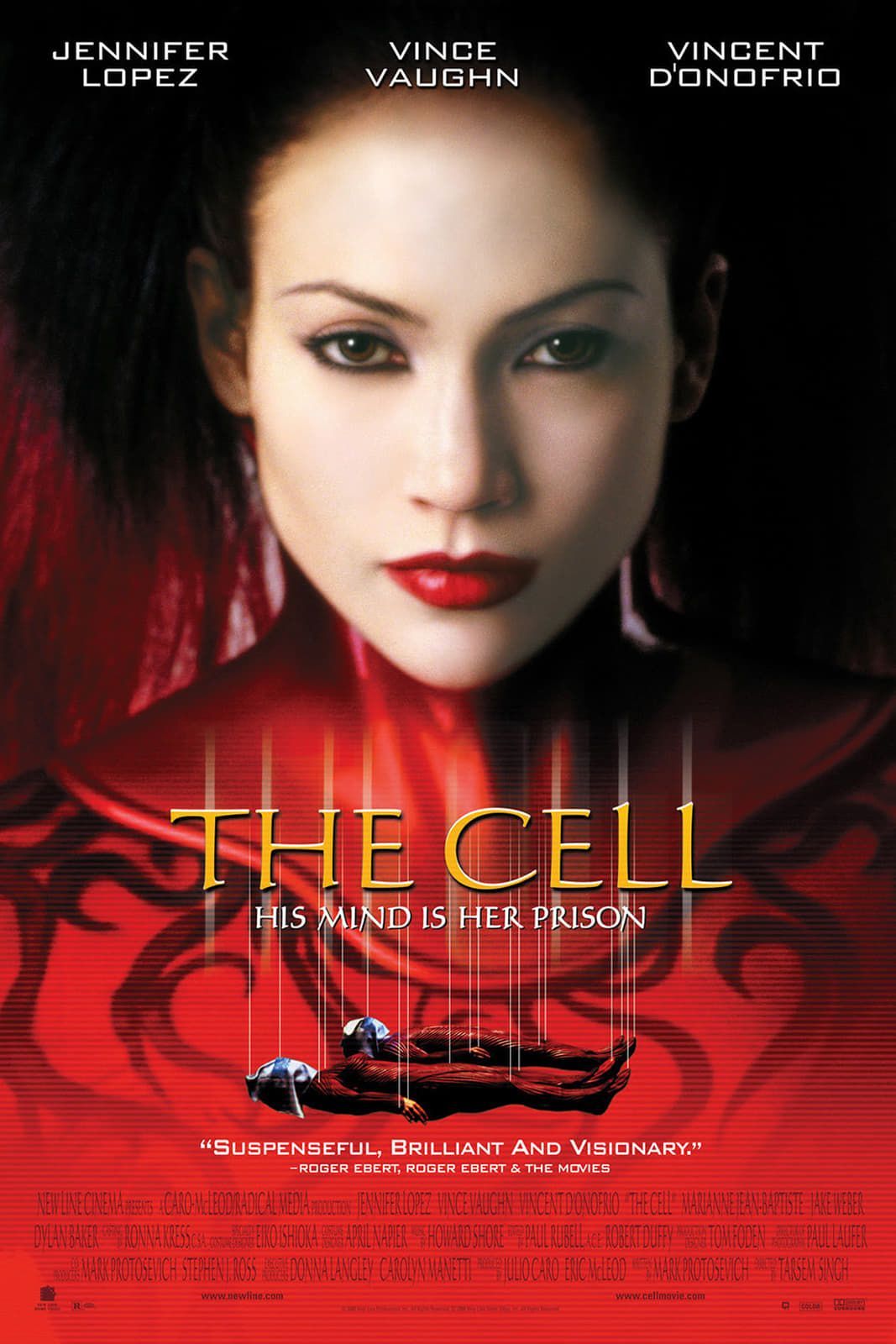
The Cell (2000)
In The Cell, law enforcement agencies are trying to find a serial killer who’s been making his rounds and dropping bodies in twisted manners in different parts of the country. The remains are proof that the man isn’t the usual killer: he drowns his victims in the water and then suspends himself above their bodies while reliving his fantasy. He then uses lye to get rid of all the evidence. But he isn’t perfect, and the police are able to catch up with him. The problem is that Carl Stargher suffers from a bizarre form of schizophrenia, and as the police are about to raid his home, he has an attack that leaves him in a coma.
Now they need Deane to enter Stargher quickly and get some answers before the next victim is tragically killed. Deane enters the nightmare landscape of Stargher’s twisted mind and realizes that finding the location of the victim won’t be easy because she’s on the turf of a very disturbed man.
Jennifer Lopez and Vincent D’Onofrio’s Deliver Excellent Performances
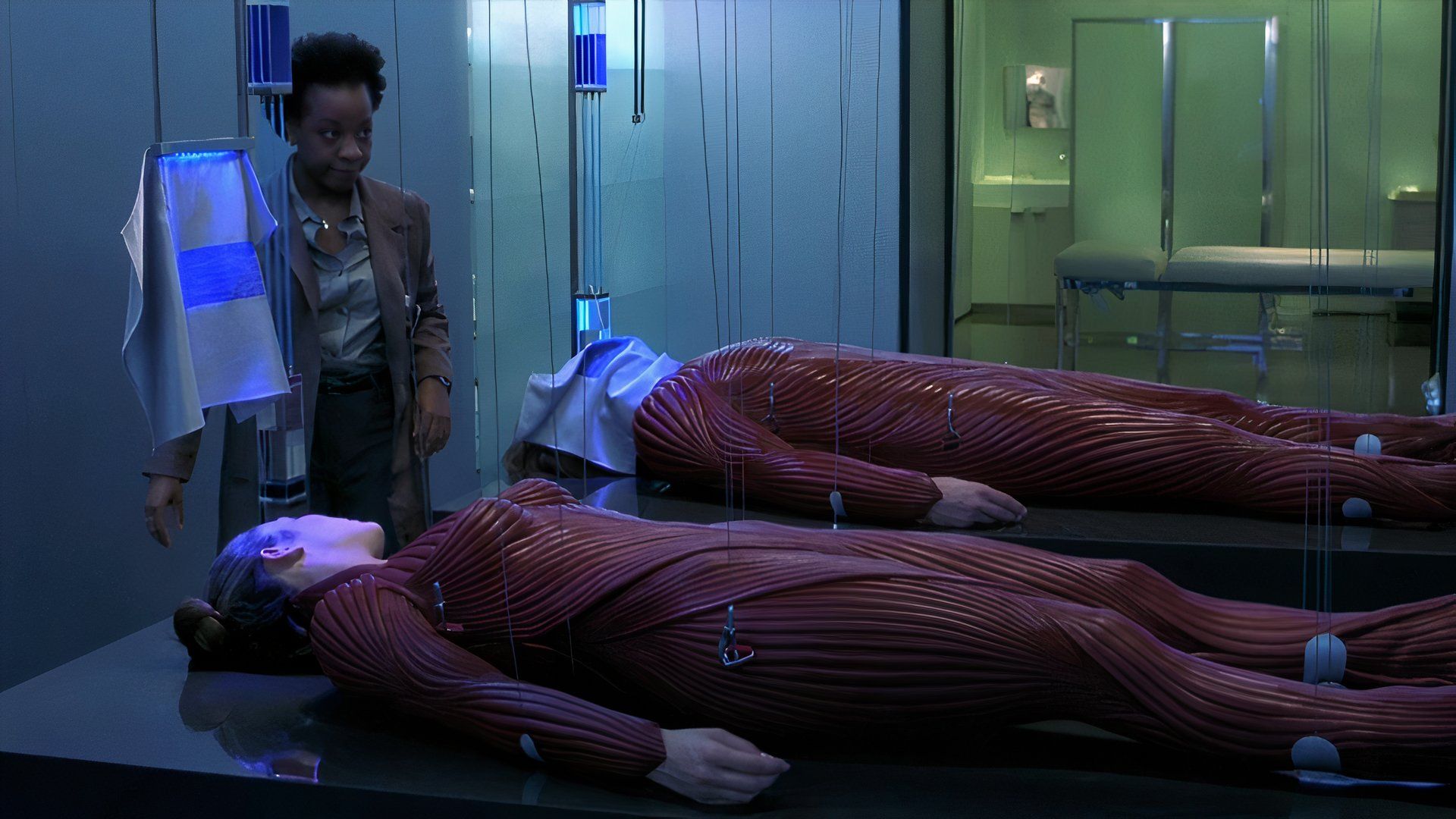
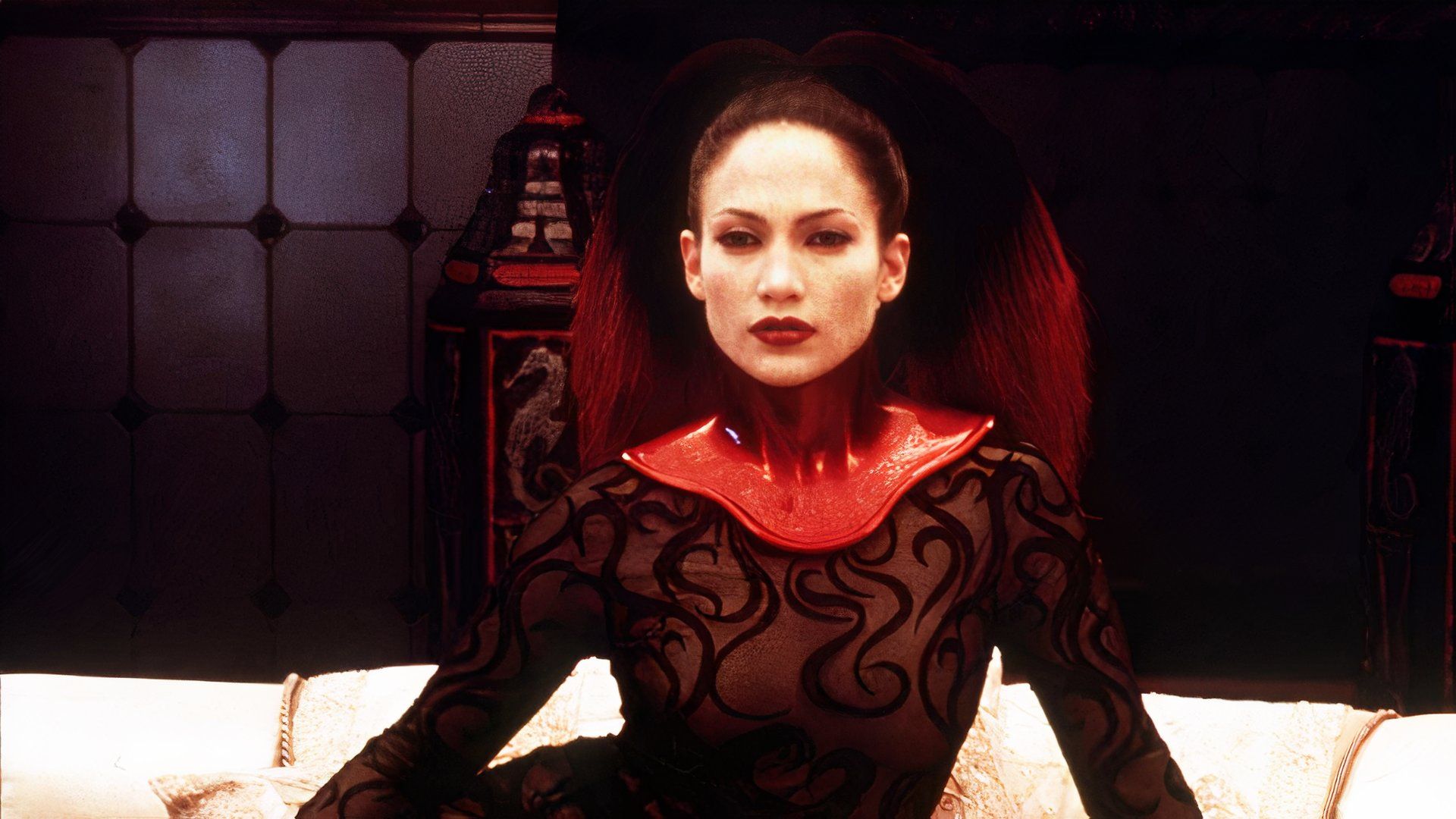
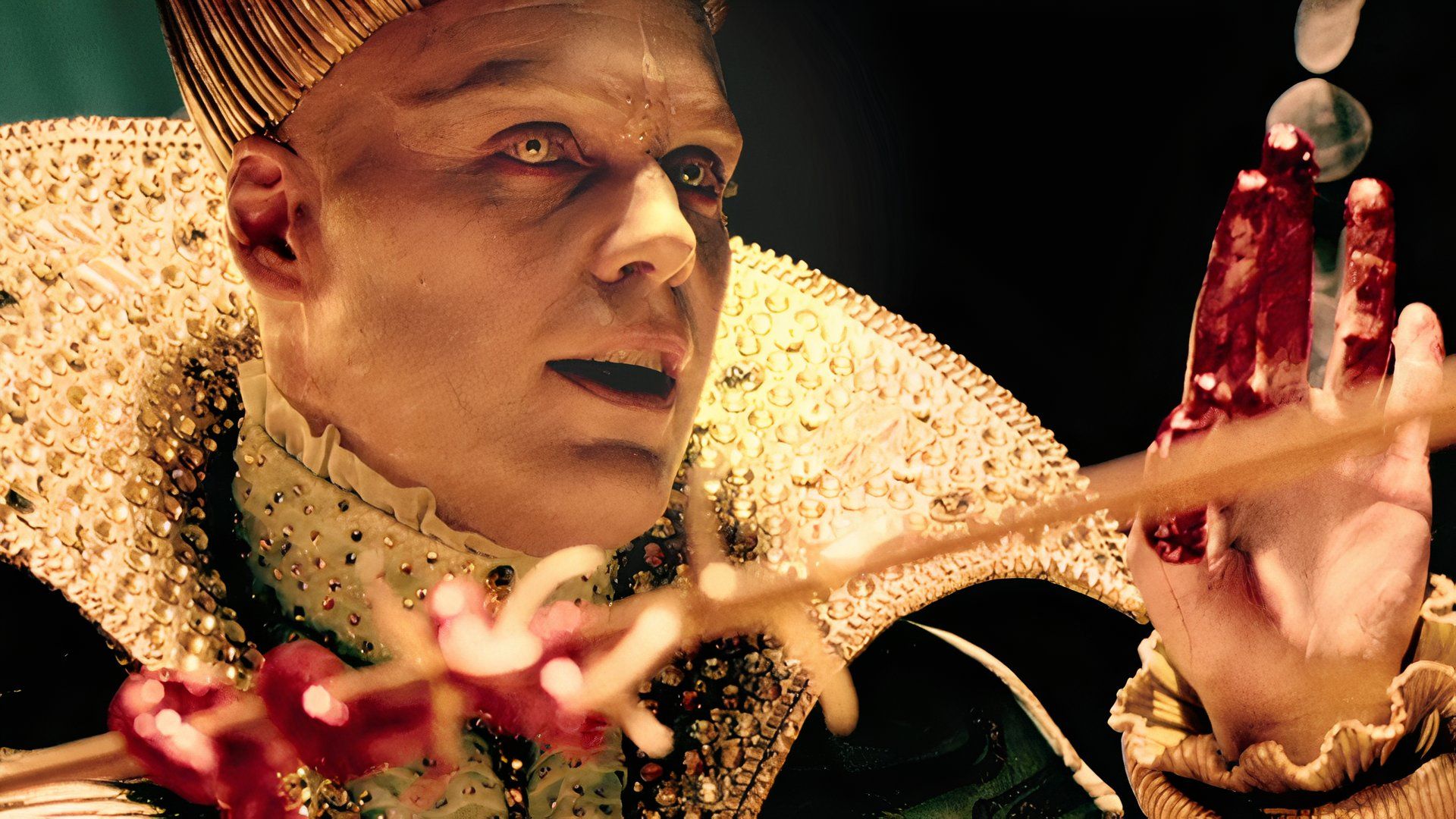



The Cell is arguably one of Jennifer Lopez’s best films and one of her most interesting performances. Perhaps playing Catherine Deane seems like an easy deal because her character at first doesn’t require much of a skill. After all, she just plays a caring doctor. But when she enters Stargher’s dreamscape, Lopez swirls around a disturbing fantasyland that rapidly affects her mind. When she turns into a Stargher minion, Lopez does a scene that fluctuates between an imprisoned victim and the expression of that victim’s rotten desire. It’s not hard to remember the scene as it’s perhaps the best one in the movie (when Stargher plays with a vulnerable Peter Novak and removes his intestines).
This scene is also proof of D’Onofrio’s range. His performance of Stargher is very distressing at first, with a realistic portrayal of a sick man. But then again, this was the subgenre formula. It’s when we see Stargher on his territory that D’Onofrio’s role gets more interesting. The theatrics, the cynicism, and the nihilism of his materialized emotional expression will leave you thinking about Stargher even after the film ends. The character actor’s skills have never been questioned, but The Cell is often put aside when mentioning his best roles because of the film’s nature. Nevertheless, it could very well be his best film performance.
Tarsem Singh Is an Ambitious Visionary
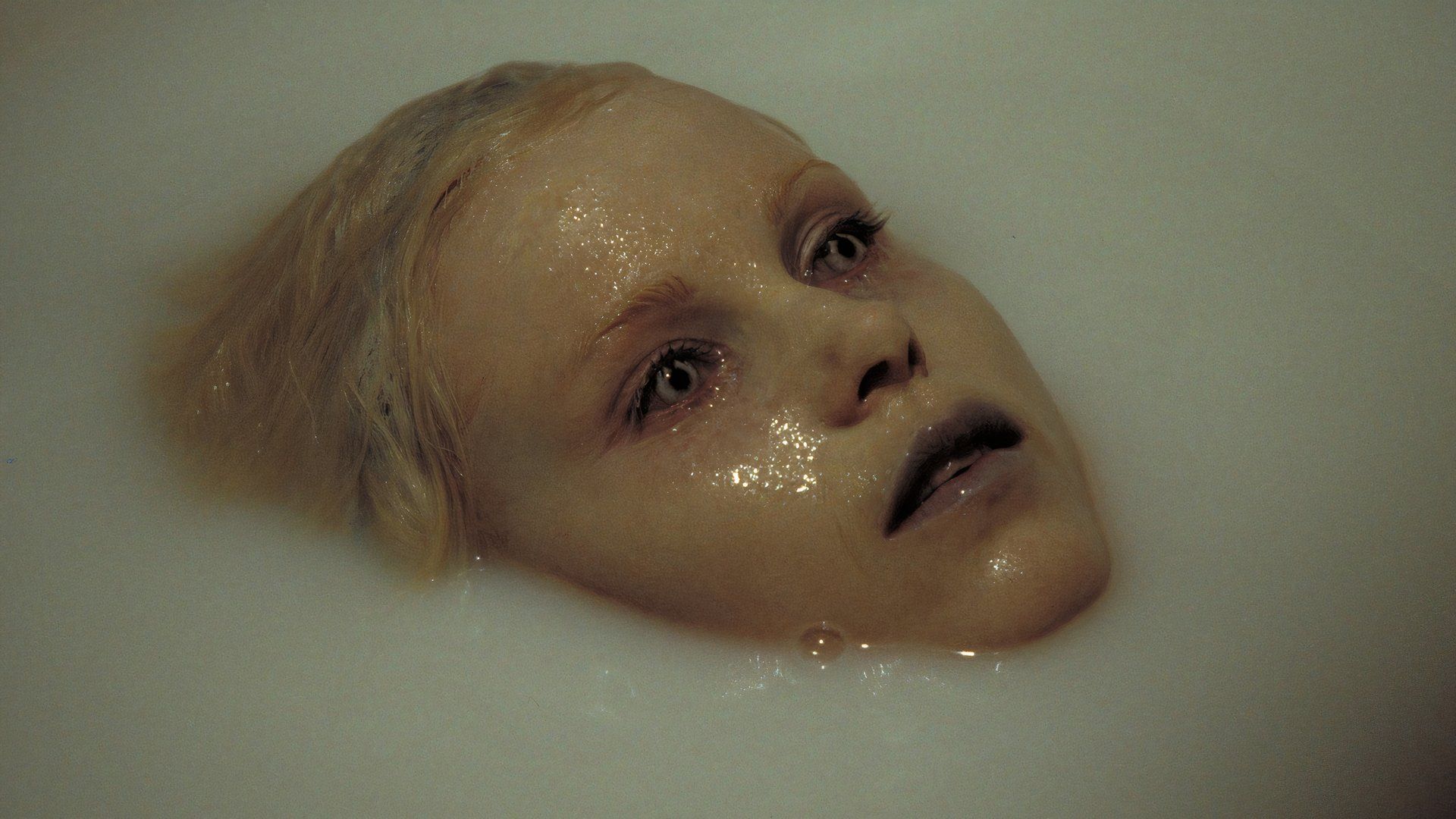
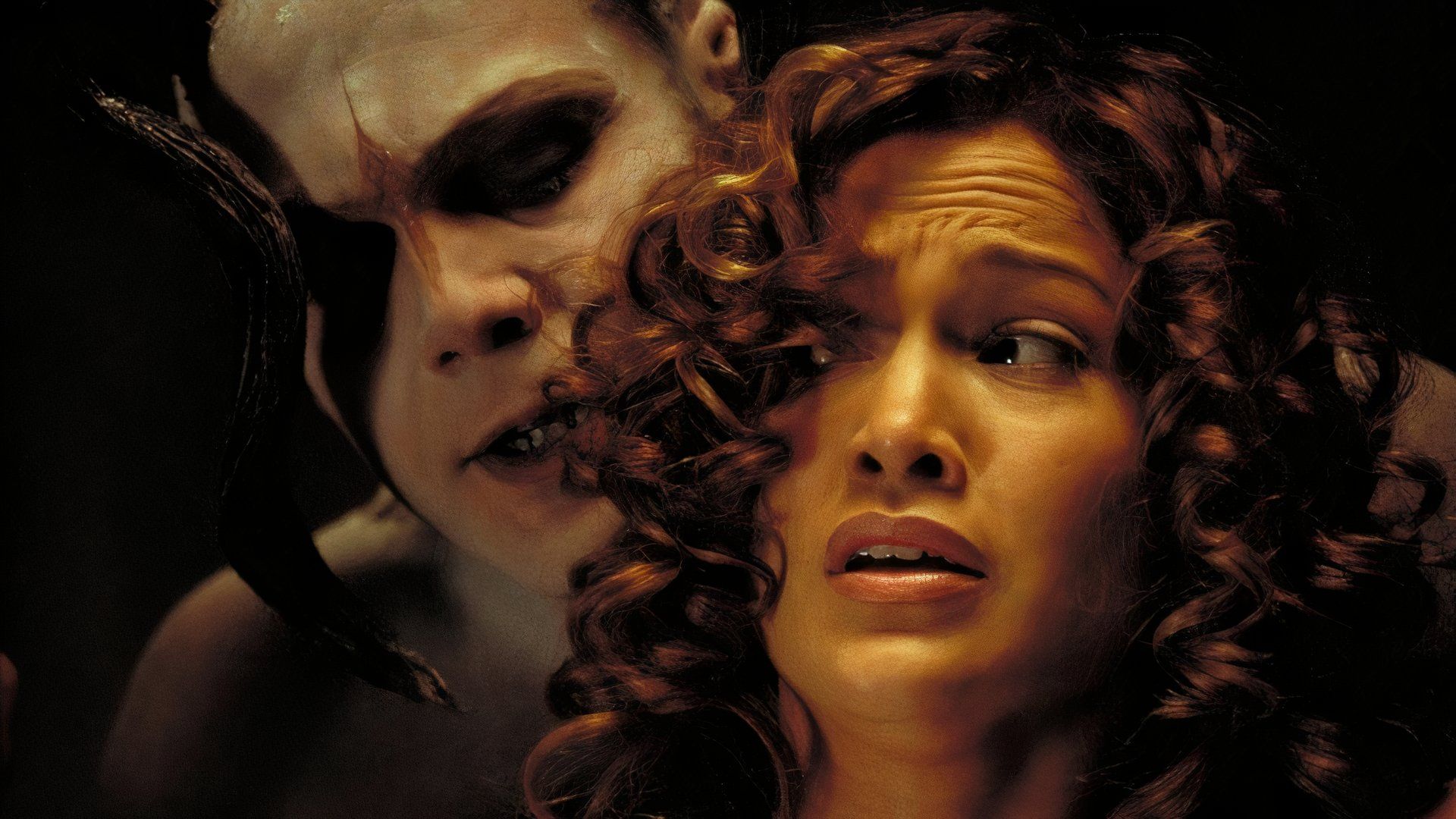
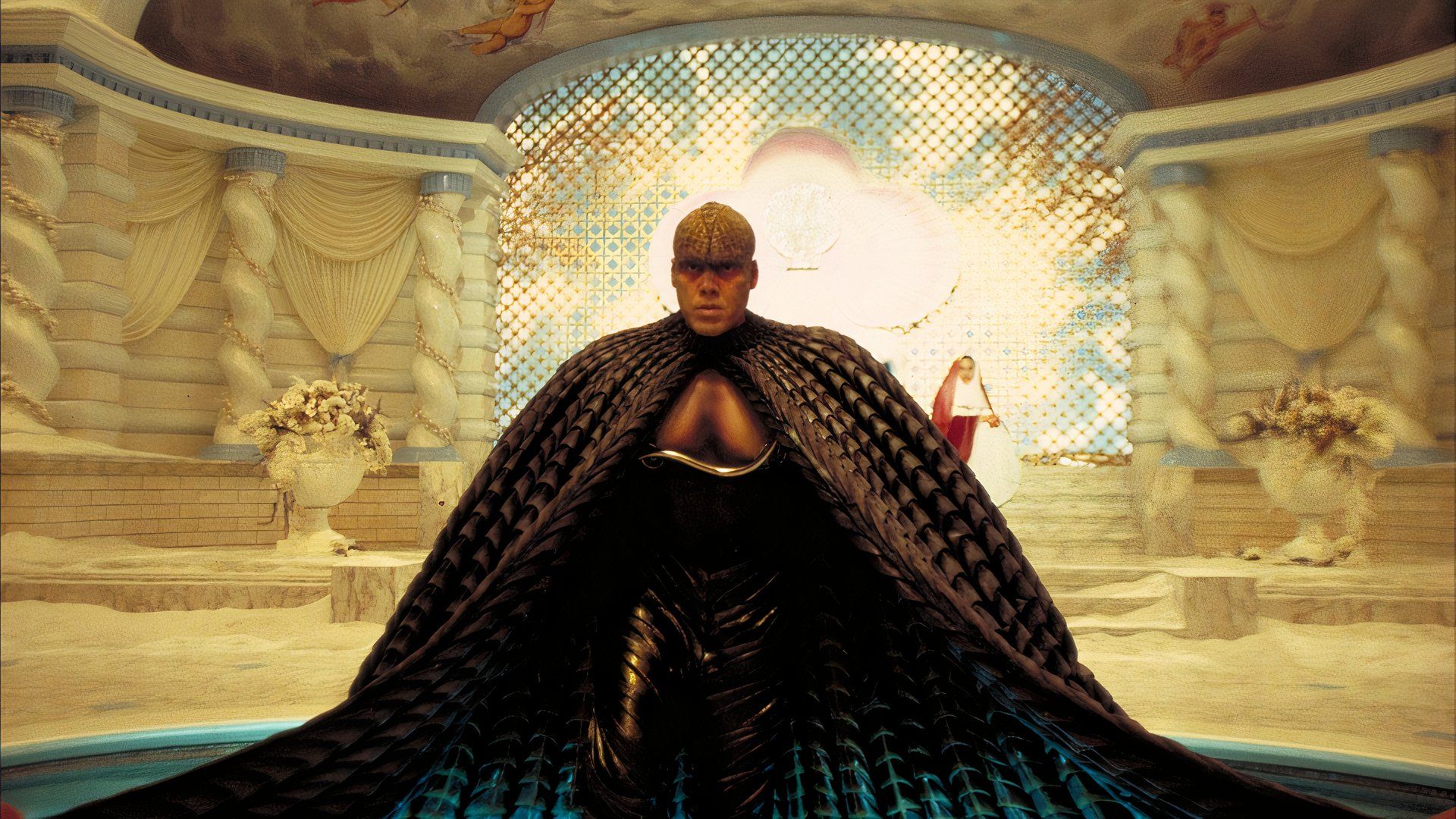



The performances and subject execution speak for themselves. It’s precisely what a film like The Cell could have in 2000 to make it a noteworthy pick when selecting your next thriller. People were excited about the subject matter, and after The Silence of the Lambs, these sorts of films were arguably at the peak of their popularity. The Cell wasn’t a flop; it gained $104 million at the box office, and Lopez’s career continued to find success after that.
However, the film was criticized for its dependence on style rather than substance. Even though it was a movie about the recreation of dreams, people felt the visuals were just too invasive. In retrospect, Tarsem’s vision was crucial to the film’s ultimate effect. It was the sick fantasy version of something we only thought we knew from movies like The Silence of the Lambs, Se7en, Copycat, and Natural Born Killers. This was the execution of an idea, as seen through the eyes of a director like no other.
His debut, The Cell, was followed by an even more beautiful and ambitious film called The Fall, one in which he upped the stakes and gave more presence to the visual background that’s one more additional character in the film. The director, whose short career may be a product of his ambition, often cited bizarre art and put it inside his films (the influence of Odd Nerdrum for some of the scenes in The Cell is undeniable). Lopez’s film was his debut, and even so, he was able to bring to life some of the most twisted products of his mind. The Cell is available to rent on Prime Video. The Silence of the Lambs is streaming on MGM+.





